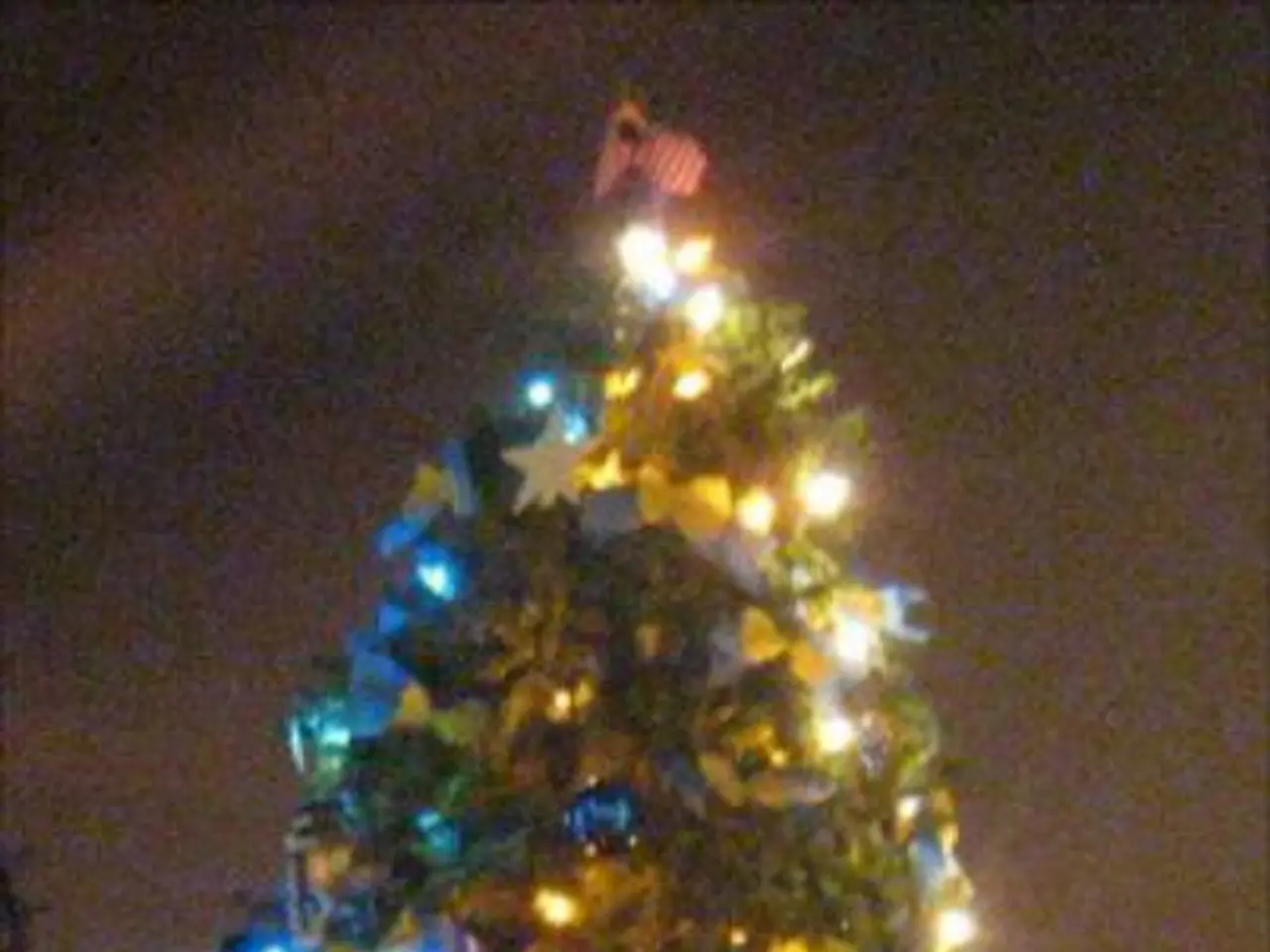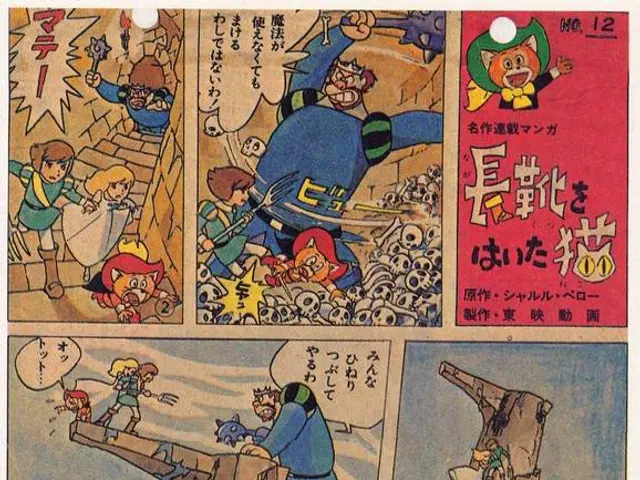Exploring the Antiquated Origins of Christmas Customs
In the ancient world, long before the emergence of Christmas as we know it today, Germanic and Celtic tribes celebrated the winter solstice with a week-long festival known as Yule. This celebration, marked by feasting, drinking, and the burning of giant logs for days, laid the foundation for many modern Christmas traditions.
One of the most prominent of these traditions is the Christmas tree. Originally, ancient Germans and Celts decorated evergreen branches with fruit, nuts, and candles, creating a pagan mood board of sorts. By the 1400s, Germans started bringing entire trees indoors, calling them "paradise trees," and adorning them with apples to represent the Garden of Eden. This tradition would later influence the modern-day Christmas tree.
Queen Victoria's German husband, Prince Albert, brought the tree trend to Buckingham Palace in the 1840s, which popularized the Christmas tree in Britain. Americans were slow to adopt the tradition, but by the 1850s, it had become popular. Today, approximately 30 million real trees are sold each year.
Gift-giving is another tradition with deep roots, dating back over 2,000 years to ancient Rome and the Three Wise Men's gifts to Jesus. The practice of exchanging gifts during the winter solstice was also prevalent in the Roman festival of Saturnalia, where slaves were allowed to boss around their masters, everyone got drunk, and gifts were exchanged in a manner reminiscent of Secret Santa on steroids.
Decorating homes with evergreens like holly, ivy, and mistletoe also has ancient origins. These plants, with their evergreen nature and association with winter festivals in ancient Europe, were popular holiday decorations. Holly, in particular, was valued by the Romans during their Saturnalia, as its spiky leaves and red berries matched their god Saturn's vibe. Mistletoe was considered powerful by Celtic Druids and was cut with gold sickles. Ivy, on the other hand, was a symbol of loyalty and eternal life to the Greeks and Romans and was often used at weddings.
The industrial revolution in the 19th century played a significant role in shaping modern Christmas celebrations. Factories began producing cheap toys, making Christmas a major shopping holiday. The poem "Twas the Night Before Christmas" (1823) further cemented the image of Santa Claus as a gift-giving figure.
The 1400-1500s were the golden age of carols, with songs like "The First Noel" and "God Rest Ye Merry" becoming popular. The 1800s saw a Christmas music revival, with classics like "Hark! The Herald Angels Sing" being published.
Before Jesus was trending, English peasants were already partaking in wassailing, a tradition where they sang for booze and snacks at houses. This practice, along with many others, has contributed to the rich tapestry of modern Christmas celebrations. Christmas, it seems, is a collaboration of pagan ragers, medieval feasts, and Victorian marketing traditions.








